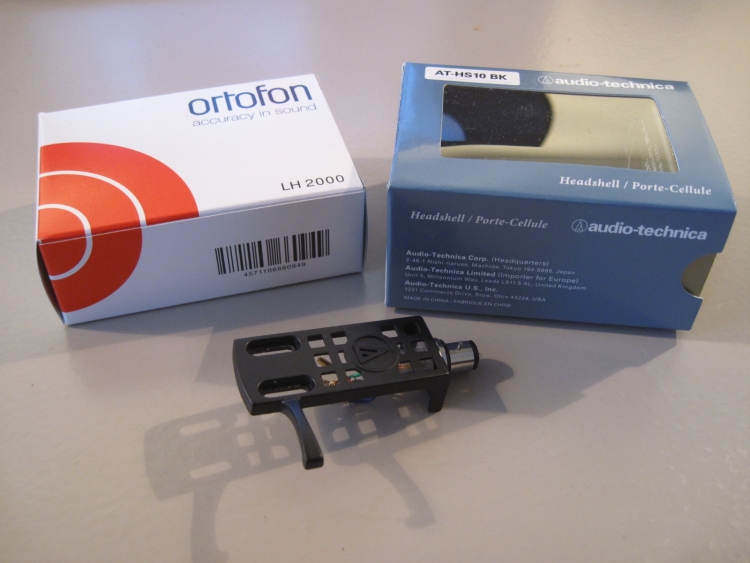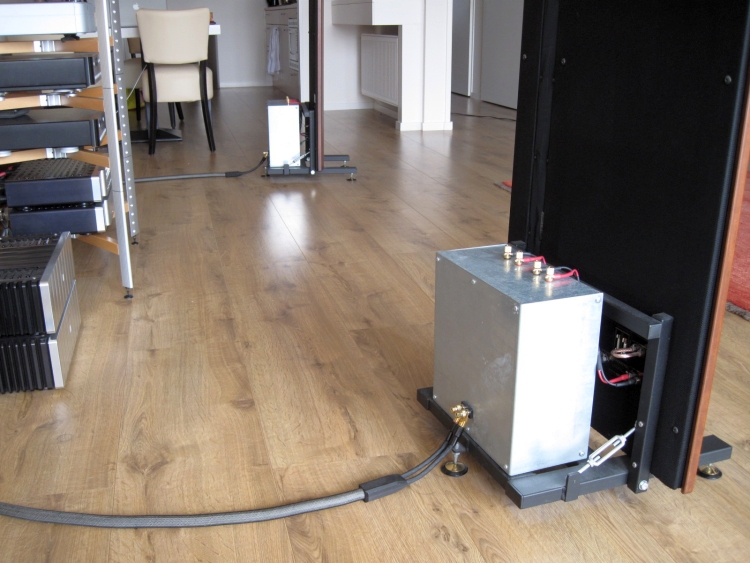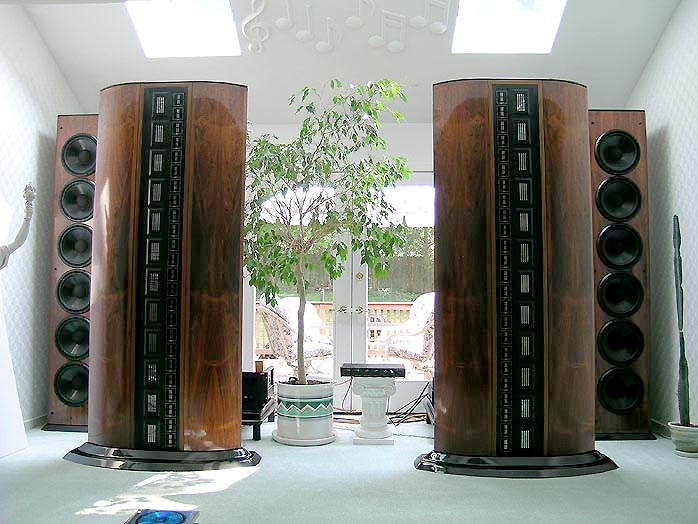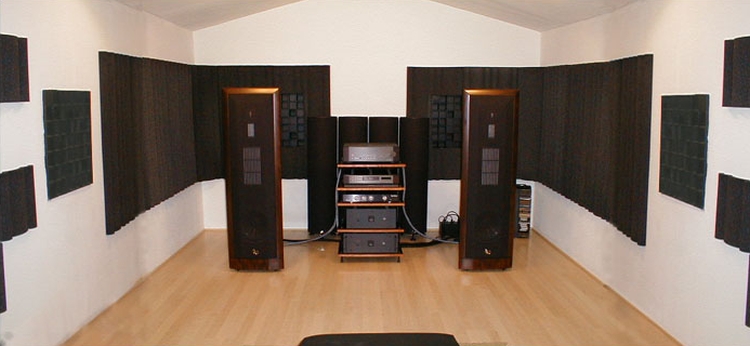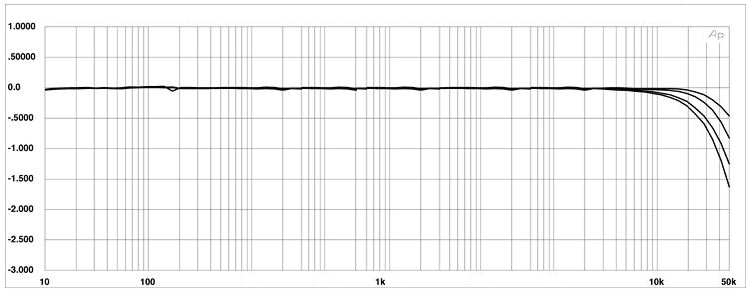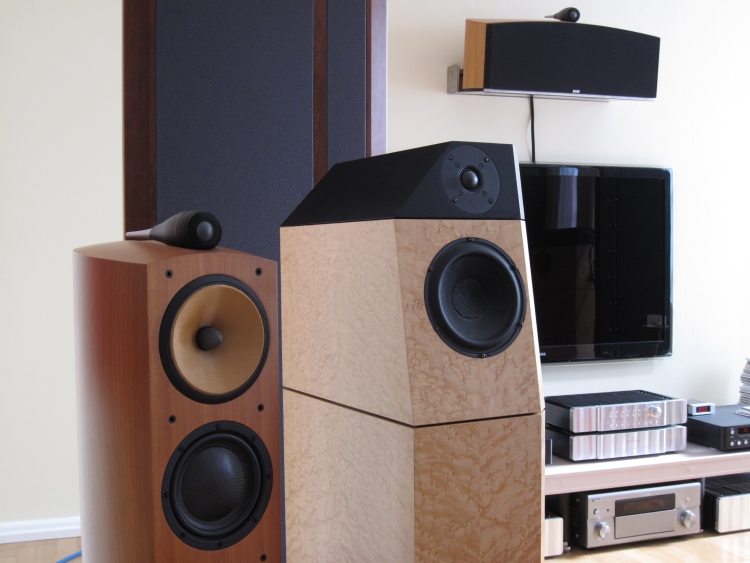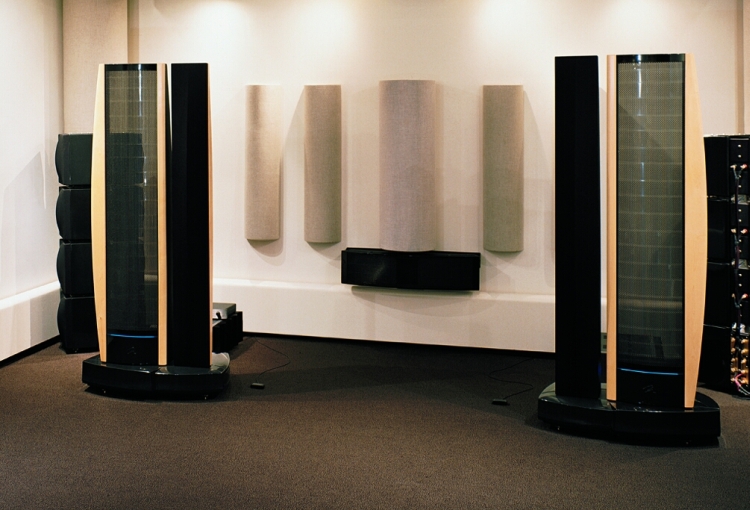Some people are not convinced that this phenomenon even exists and maintain that it is a psychological effect
But I feel that in practice, it does seem to be true. One component will change more than the other and the effect can vary from subtle to dramatic but all components I have had in all these years (and they account to a lot) exhibit changes in sound during running in.
Why this should be so is a bit of a mystery and the explanations that do exist are sometimes far fetched. Most of the time it has to do with mechanical factors such as materials losing their initial stiffness but also with bedding in of electronic devices (capacitors) and even bedding in of the wiring inside.
Real running in aside, I’ve also experienced that the psychological explanation also holds truth. An example where this applied to me was with the Magnepan MG3.6R magnetostatic speakers. Before I had these, I had Martin Logan SL3 elextrostatics and they are almost fullrange. This means that there is only a crossover in the very low frequencies. The rest of the frequency spectrum is produced by one single sheet of foil. When changing to the Magnepans at first I was very much aware of them being a three-way design. There are actually three drivers in the MG3.6R’s, with associated crossover points that are pretty audible if your former speaker was almost a single-driver fullrange type. In spite of the more obvious crossover points, the Magnepans had so much other qualities on offer that I stuck with them and over time, I discovered that I was less and less bothered with the audibility of the crossover points. Thinking back it must have taken less than a month for me to forget all about the crossover points. Psychological effect? Very likely, since both the Magnepans and the Martin Logans were bought second hand and were well run in.
Loudspeakers
With brand new speakers the phenomenon of running in is simple to explain. The rubber surrounds, as well as the spider that centers the voice coil behind the speaker are mechanical devices that, like people, need some exercise to become lean and supple. As a result brand new speakers tend to sound dynamically restrained and often too bright or brittle in the highs. I’ve even encountered the phenomenon of run-in speakers, running out again after prolongued non-use: even a few months can have adverse effects. I heard this with B&W Nautilus 804’s as well as with Synthese Floating 2’s.
Some equipment exhibits more complex behaviour, for example the Wadia 861 CD player, or, for that matter, any VRDS based transport:
Wadia 861 CD Player
A Wadia 861 not only has to run in when bought new, but also to an extent each time that it has been without power for an extended period. If it is cold, it sounds grey, flat, uninvolving…boring! But it gets worse: even when you have had it connected to the net all of the time but haven’t spinned a disc in a couple of days, it takes at least one or two CD’s to sound its best. This phenomenon is likely mechanical in nature and if my hypothesis is correct it may have something to do with the disc clamping mechanism. Inside the 861 is a Teac VRDS transport that clamps the CD both from below and above. This prevents the disc from wobbling but also introduces more bearings and probably therefore more joints that have to “run in”, before they are smooth. Or so I guess. Luckily not all components are as finnicky as the Wadia but still running in can change a component’s sound quite a bit.
Levinson 390S CD Player
Another extreme example regards my Levinson CD player. I bought it second hand at an age of around 10 years. It sounded marvellous, so fluid, smooth and supple and plain musical, that it even displaced my then reference combo CEC TL1x and dCS Delius/Purcell. But after a few years it started having hickups and I brought it in for repair. Turned out that it needed some capacitors replaced. When I got it back it played perfectly again but I did not care much for its sound anymore. The smooth and fluid treble from before now was grainy and hard-edged and the previously gloriously lush midrange had become more business-like. Even if you could say that it was technically just fine, I felt that the sound was just too mechanical, preventing me to connect emotionally. It took several months before most of the glow of before was back again. Conclusion: capacitor running in is apparently a major factor.
Loudspeaker cables
Most speaker cables don’t take incredible amounts of running in but there are exceptions. Here’s an extreme example. Analysis Plus Hollow Oval loudspeaker cable. When new, these cables already sound extremely detailed and quick but very forward, shrill, square and frankly unpleasant. And the sound remains like this for some 300 hours. No kidding. The distributor already warned me for this, otherwise I probably would have returned the cable. But somewhere around the 300 hour-mark the sound did indeed mellow down and became more pleasant, with more colour and fluidity.
With cables and components alike, most of the time, the need for running in is recognised by a closed in, too-controlled and/or harsh sound becoming more mellow and fluid. Hardly ever does it go the other way around. A cable that doesn’t sound very open immediately after purchase usually doesn’t become much more open at a later stage. An exeption is formed by some Cardas types such as the Hexlink. These cables are constructed in a complicated fashion and it can happen that even after you’ve ran them in, but have bent them and moved them around, they can sound a little confused (hazy/out of focus) but luckily return to their original state within 30 minutes. Another exception is Transparent. These cables can sound closed in, muted and undynamic when new but after running in they sound a lot more dynamic and gain focus.
Bottom line
Although this was a story full of exeptions, the core remains that for me, running in is a very real thing and one that shouldn’t be underestimated!
